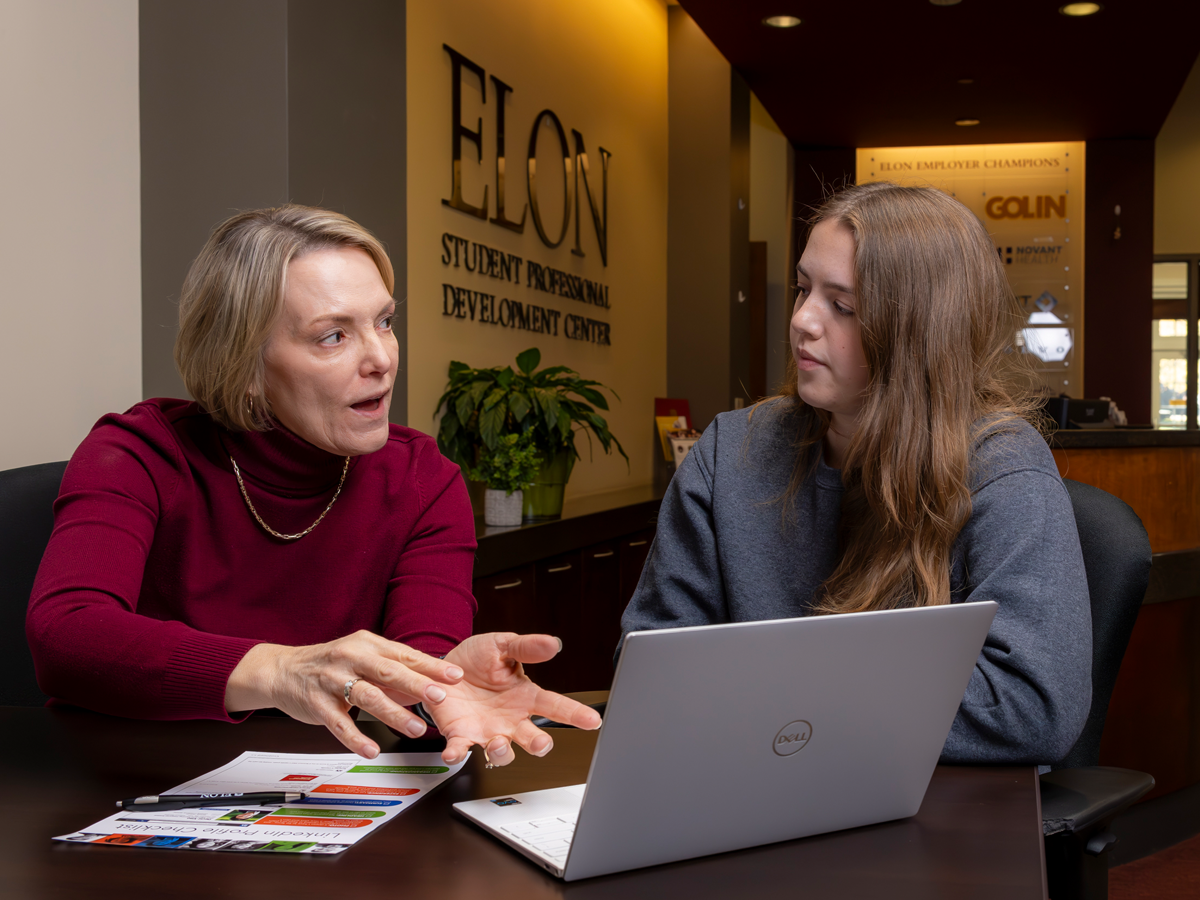St. Joseph Adult Education & Literacy graduation takes place – KQ2

St. Joseph Adult Education Program Advances Sustainable Development Goals
Executive Summary
A recent graduation ceremony for the St. Joseph Adult Education and Literacy program highlights the critical role of local educational initiatives in achieving the United Nations Sustainable Development Goals (SDGs). The program provides High School Equivalency certificates to a diverse student body, directly contributing to quality education (SDG 4), decent work and economic growth (SDG 8), and the reduction of inequalities (SDG 10).
Graduation Ceremony Overview
The graduation event was held at the Robert Keatley Center, celebrating the achievements of students who have completed the Adult Education and Literacy program. The graduating class was noted for its diversity, including:
- Individuals returning to education after many years.
- Younger students who had previously left the traditional school system.
- Family members, including married couples and parents with their children, graduating together.
Direct Contribution to SDG 4: Quality Education
The program is a direct implementation of SDG 4, which aims to “ensure inclusive and equitable quality education and promote lifelong learning opportunities for all.”
- Target 4.3 – Equal Access to Technical, Vocational and Tertiary Education: By providing a pathway to a High School Equivalency certificate, the program serves as a crucial stepping stone for further vocational or higher education.
- Target 4.4 – Increase the number of people with relevant skills for financial success: The certificate equips graduates with the foundational qualifications necessary for improved employment and financial stability.
- Target 4.6 – Universal Youth and Adult Literacy: The program’s core mission is to enhance adult literacy and numeracy, empowering individuals who may have been left behind by traditional educational systems.
Impact on SDG 8: Decent Work and Economic Growth
The acquisition of a High School Equivalency certificate significantly enhances graduates’ prospects for securing decent work, thereby fostering local economic growth in alignment with SDG 8.
Case Study: David Dobbins
The experience of David Dobbins, a 56-year-old graduate, exemplifies the program’s impact. Formerly a truck driver, Dobbins has transitioned to a new career as a heating and cooling technician for the state of Missouri. His achievement underscores several key outcomes:
- Enhanced Employability: The certificate opened doors to a new, skilled profession.
- Lifelong Learning: Dobbins’ success demonstrates that it is never too late to pursue education for career advancement.
- Personal and Economic Fulfillment: The qualification provided a sense of personal accomplishment and improved economic standing.
Broader Contributions to Sustainable Development
Beyond SDGs 4 and 8, the St. Joseph Adult Education and Literacy program contributes to a wider range of global goals:
- SDG 1 (No Poverty): Education is a primary vehicle for lifting individuals and families out of poverty by increasing earning potential.
- SDG 10 (Reduced Inequalities): The program provides a second chance for diverse groups, reducing educational and subsequent economic disparities within the community.
- SDG 5 (Gender Equality): By offering accessible education to all adults, such programs play a role in empowering women and other marginalized groups, promoting equal opportunities for personal and professional development.
1. Which SDGs are addressed or connected to the issues highlighted in the article?
-
SDG 4: Quality Education
The article’s central theme is the graduation of students from the “St. Joseph Adult Education and Literacy program.” This directly relates to SDG 4, which aims to ensure inclusive and equitable quality education and promote lifelong learning opportunities for all. The program provides a “High School Equivalency certificate” to a “diverse range of students,” including older adults, fulfilling the goal of lifelong learning.
-
SDG 8: Decent Work and Economic Growth
The article connects education to employment by highlighting a graduate, David Dobbins, a 56-year-old who is now a “heating and cooling tech for the state of Missouri.” By obtaining his High School Equivalency, he has improved his professional standing. This aligns with SDG 8, which promotes sustained, inclusive, and sustainable economic growth, full and productive employment, and decent work for all.
-
SDG 10: Reduced Inequalities
The program caters to individuals who “may have just missed out on graduating or are returning to the classroom after many years,” including a 56-year-old student. By providing a second chance at education, the program helps reduce inequalities in educational attainment and subsequent economic opportunities, which is the core of SDG 10.
2. What specific targets under those SDGs can be identified based on the article’s content?
-
SDG 4: Quality Education
- Target 4.4: “By 2030, substantially increase the number of youth and adults who have relevant skills, including technical and vocational skills, for employment, decent jobs and entrepreneurship.” The article discusses adults gaining a “High School Equivalency certificate,” which is a fundamental skill for employment. The story of David Dobbins, who is now a “heating and cooling tech,” exemplifies acquiring skills for a decent job.
- Target 4.6: “By 2030, ensure that all youth and a substantial proportion of adults, both men and women, achieve literacy and numeracy.” The program is explicitly named the “Adult Education and Literacy program,” directly addressing this target by helping adults achieve foundational skills equivalent to a high school education.
-
SDG 8: Decent Work and Economic Growth
- Target 8.6: “By 2030, substantially reduce the proportion of youth not in employment, education or training (NEET).” While the article focuses on adults of various ages, the principle applies. The program directly moves adults out of a state of being under-educated and into a position where they can secure better employment, as seen with the graduate who became a “heating and cooling tech.”
-
SDG 10: Reduced Inequalities
- Target 10.2: “By 2030, empower and promote the social, economic and political inclusion of all, irrespective of age…” The program empowers adults of all ages, highlighted by the 56-year-old graduate, to improve their economic and social standing by providing educational opportunities they missed earlier in life. The article notes the “diverse range of students,” reinforcing the theme of inclusion.
3. Are there any indicators mentioned or implied in the article that can be used to measure progress towards the identified targets?
-
For SDG 4 (Quality Education)
- Indicator related to Target 4.6.1: (Proportion of population in a given age group achieving at least a fixed level of proficiency in functional (a) literacy and (b) numeracy skills). The article implies this indicator by mentioning the “latest set of students to graduate” and the awarding of a “High School Equivalency certificate.” The number of graduates serves as a direct measure of adults achieving a fixed level of educational proficiency.
- Indicator related to Target 4.3.1: (Participation rate of youth and adults in formal and non-formal education and training). The article implies this by describing a “diverse range of students,” including a 56-year-old, “married couples, and parents and children.” This suggests that progress can be measured by tracking the participation rates of various adult demographic groups in the program.
-
For SDG 8 (Decent Work and Economic Growth)
- Indicator related to Target 8.6: The employment outcomes of the program’s graduates. While not a formal UN indicator, the article provides an anecdotal example: David Dobbins’ transition to a “heating and cooling tech for the state of Missouri.” This implies that tracking the employment status of graduates is a key measure of the program’s success in promoting decent work.
-
For SDG 10 (Reduced Inequalities)
- Indicator related to Target 10.2: The demographic breakdown of program participants. The article’s mention of a “diverse range of students” and a “56-year-old” graduate implies that a relevant metric is the rate of participation among different age groups and life situations (e.g., “parents and children”), which demonstrates the program’s success in promoting inclusion.
4. SDGs, Targets, and Indicators Table
| SDGs | Targets | Indicators (Mentioned or Implied in the Article) |
|---|---|---|
| SDG 4: Quality Education |
4.4: Increase the number of adults with relevant skills for employment.
4.6: Ensure a substantial proportion of adults achieve literacy and numeracy. |
The number of adults graduating with a “High School Equivalency certificate.”
The participation rate of adults in the “Adult Education and Literacy program,” particularly from diverse age groups. |
| SDG 8: Decent Work and Economic Growth | 8.6: Reduce the proportion of youth (and by extension, adults) not in employment, education, or training. | The employment outcomes of graduates, exemplified by the student who became a “heating and cooling tech.” |
| SDG 10: Reduced Inequalities | 10.2: Empower and promote the social and economic inclusion of all, irrespective of age. | The diversity of the student body, measured by the inclusion of older adults (e.g., the “56-year-old” graduate) and people in various life stages (“married couples, parents and children”). |
Source: kq2.com

What is Your Reaction?
 Like
0
Like
0
 Dislike
0
Dislike
0
 Love
0
Love
0
 Funny
0
Funny
0
 Angry
0
Angry
0
 Sad
0
Sad
0
 Wow
0
Wow
0


















-1920w.png?#)


















;Resize=805#)








































